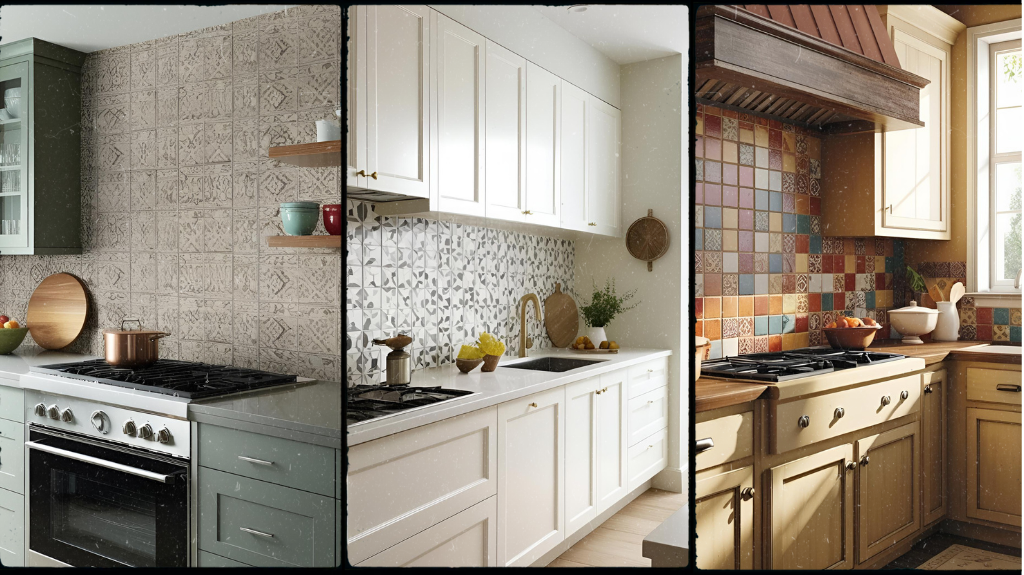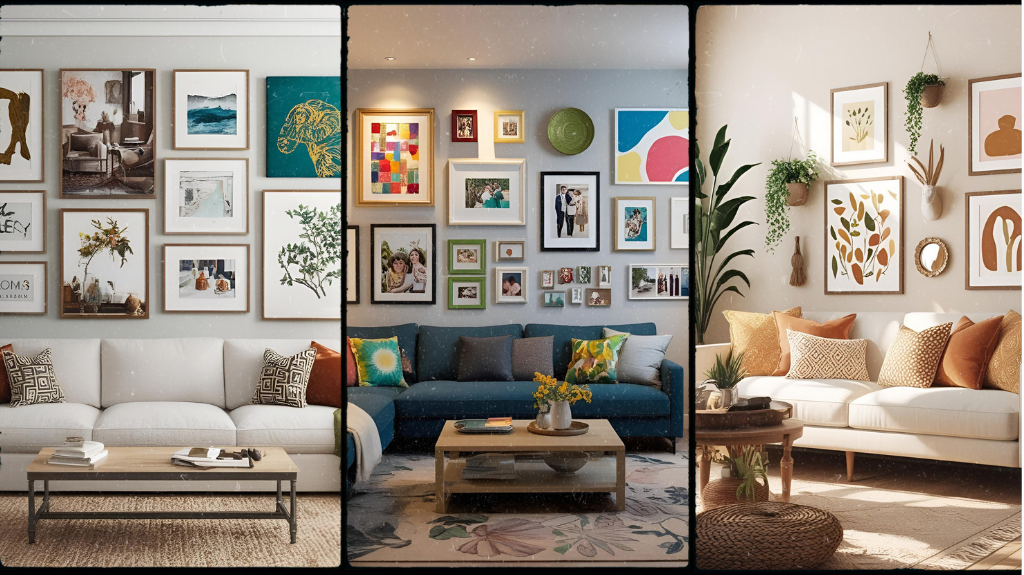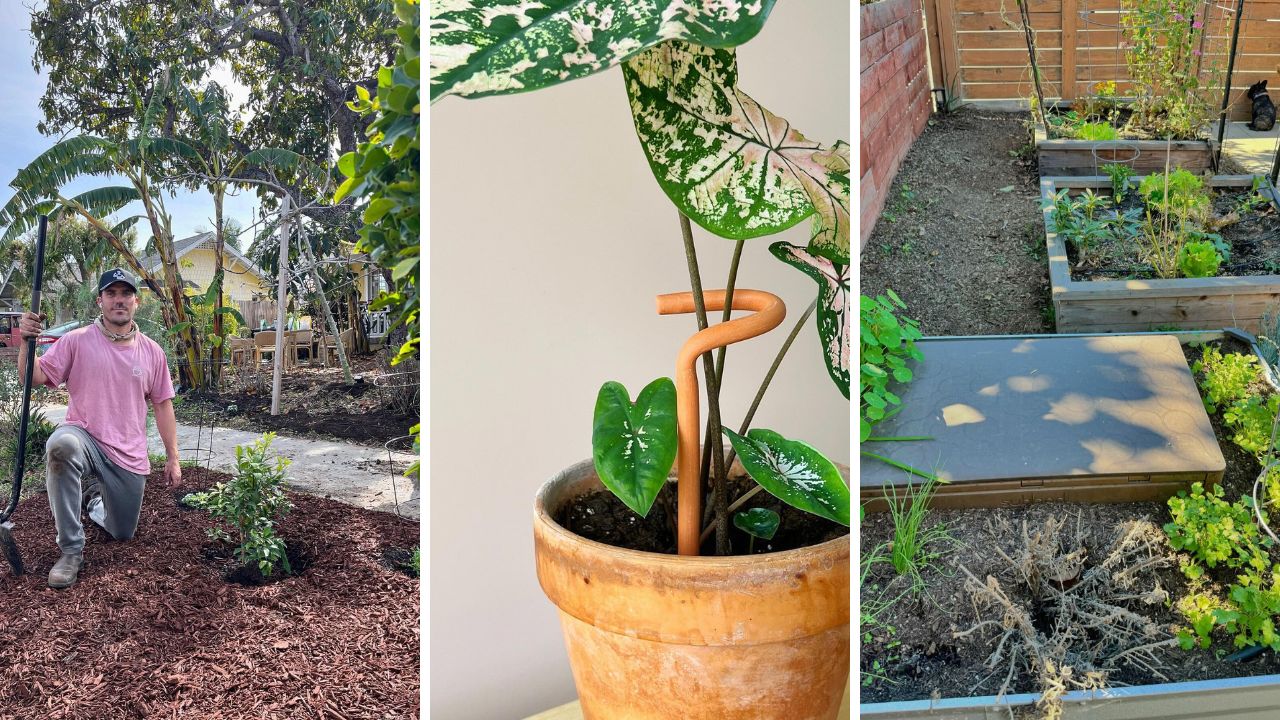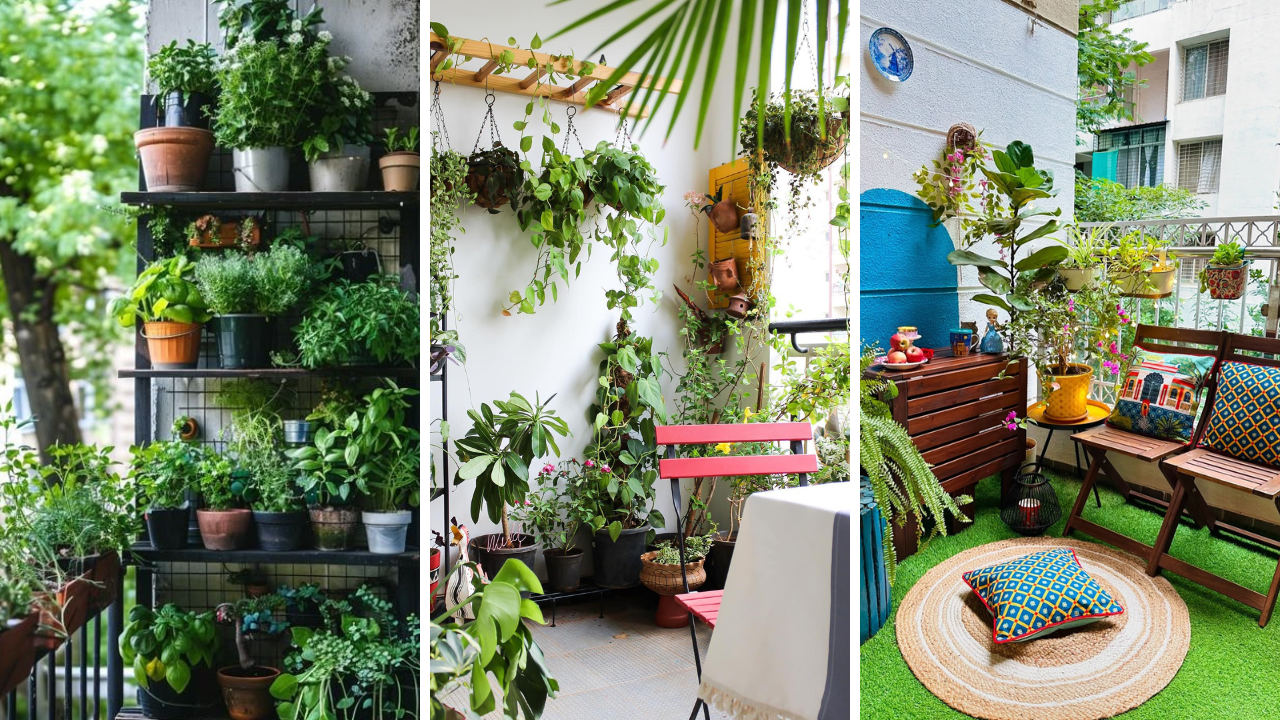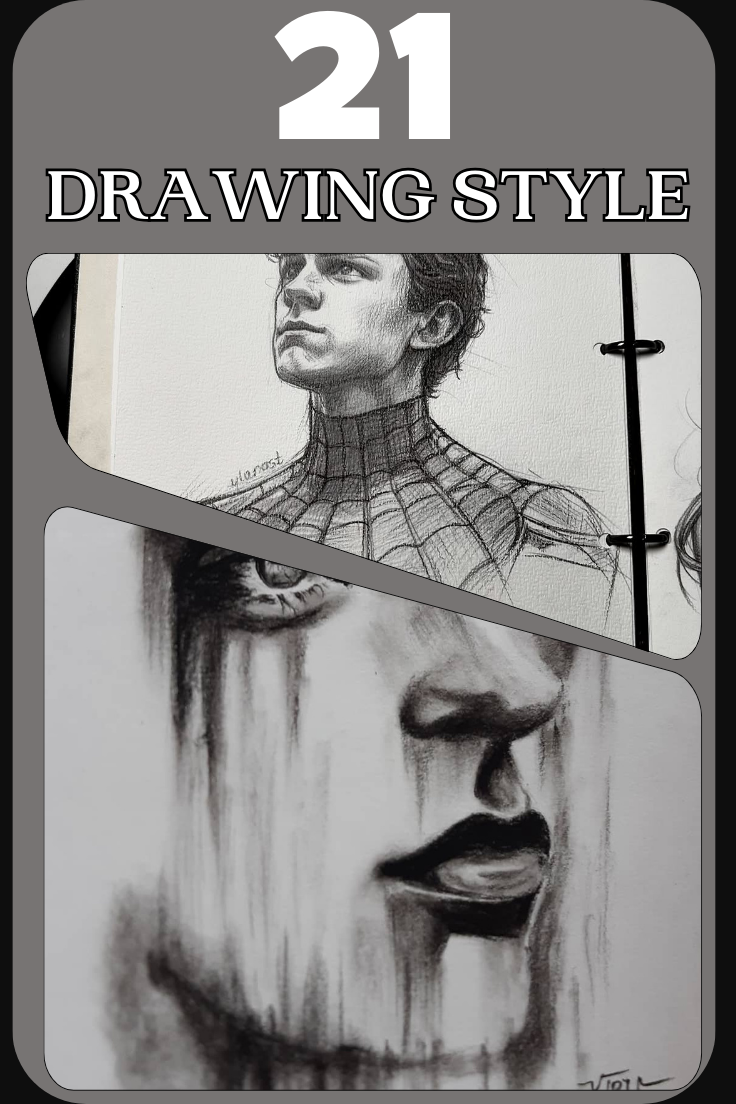
Drawing, whether you’re a novice or an experienced artist, is a unique skill that allows you to express your creativity, emotions, and thoughts. The beauty of art lies not only in the subject but in the way it’s brought to life through lines, colors, and textures. But no matter how long you’ve been drawing, there are always new techniques, tricks, and hacks to discover that can take your work from good to exceptional. In this post, we’ll dive into 21 incredible drawing style hacks that will help you enhance your techniques, sharpen your skills, and unlock new levels of creativity. Whether you’re working with traditional pencil and paper or venturing into the world of digital art, these hacks will add depth, texture, and vibrancy to your artwork. Plus, we’ll be recommending some must-have products that can help you execute these hacks with precision and ease. Get ready to explore the world of drawing like never before!
1. Use Bold, Clean Lines for Impactful Drawings
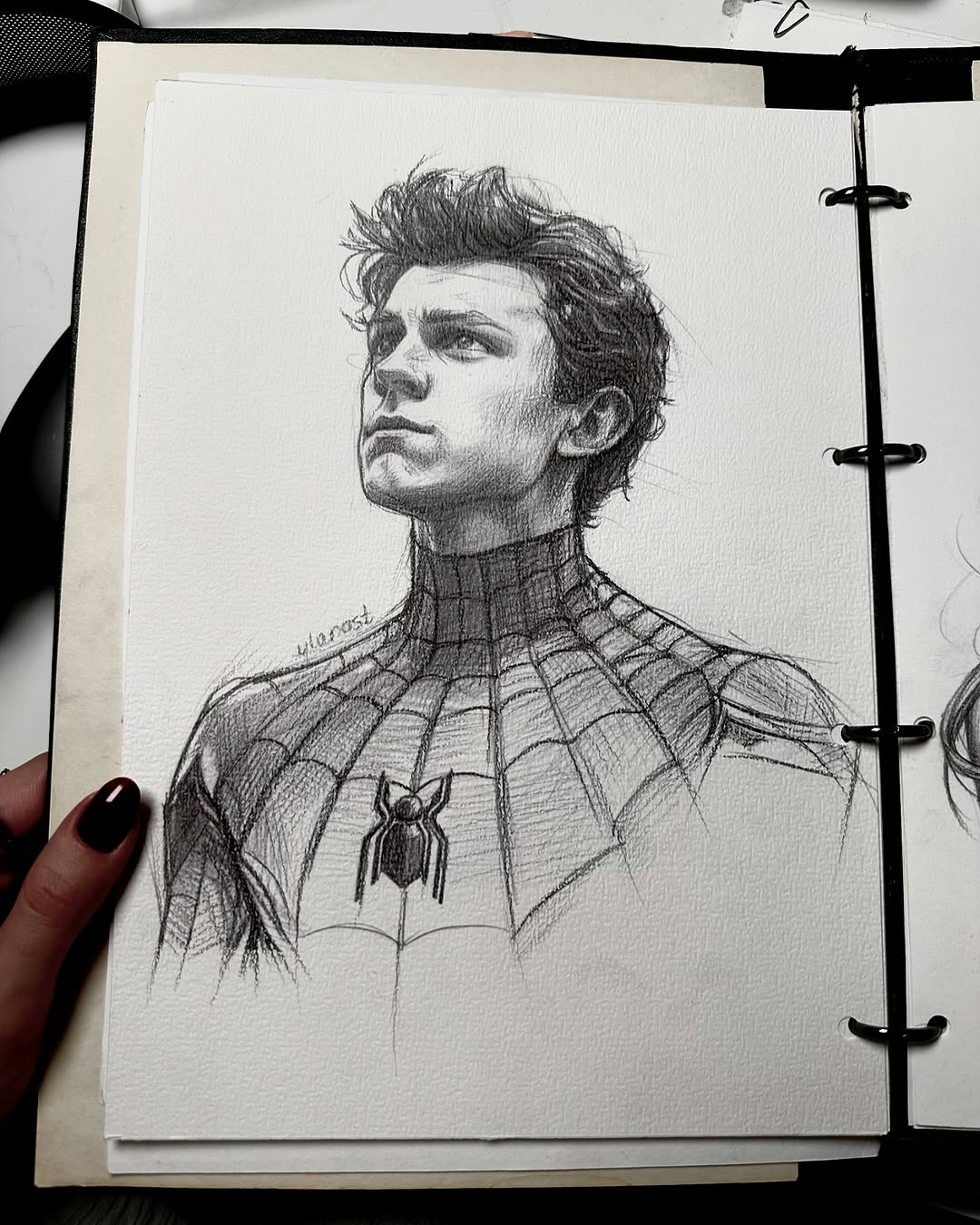
source @unallay
The first hack you might want to incorporate is the strategic use of bold, clean lines. Lines are the foundation of any drawing, and adjusting their thickness can make a massive difference in how your artwork is perceived. By using thicker lines in certain areas, you can create focal points that draw attention to specific parts of your drawing. Conversely, thinner lines can help create delicate details and add a sense of lightness to your work. This technique is particularly effective for illustrations, where you can play with line weights to bring out depth and drama, as well as for sketches to convey different textures and elements. Try using different pencils or pens that offer a range of line thickness for versatile results.
2. Experiment with Cross-Hatching for Stunning Shading
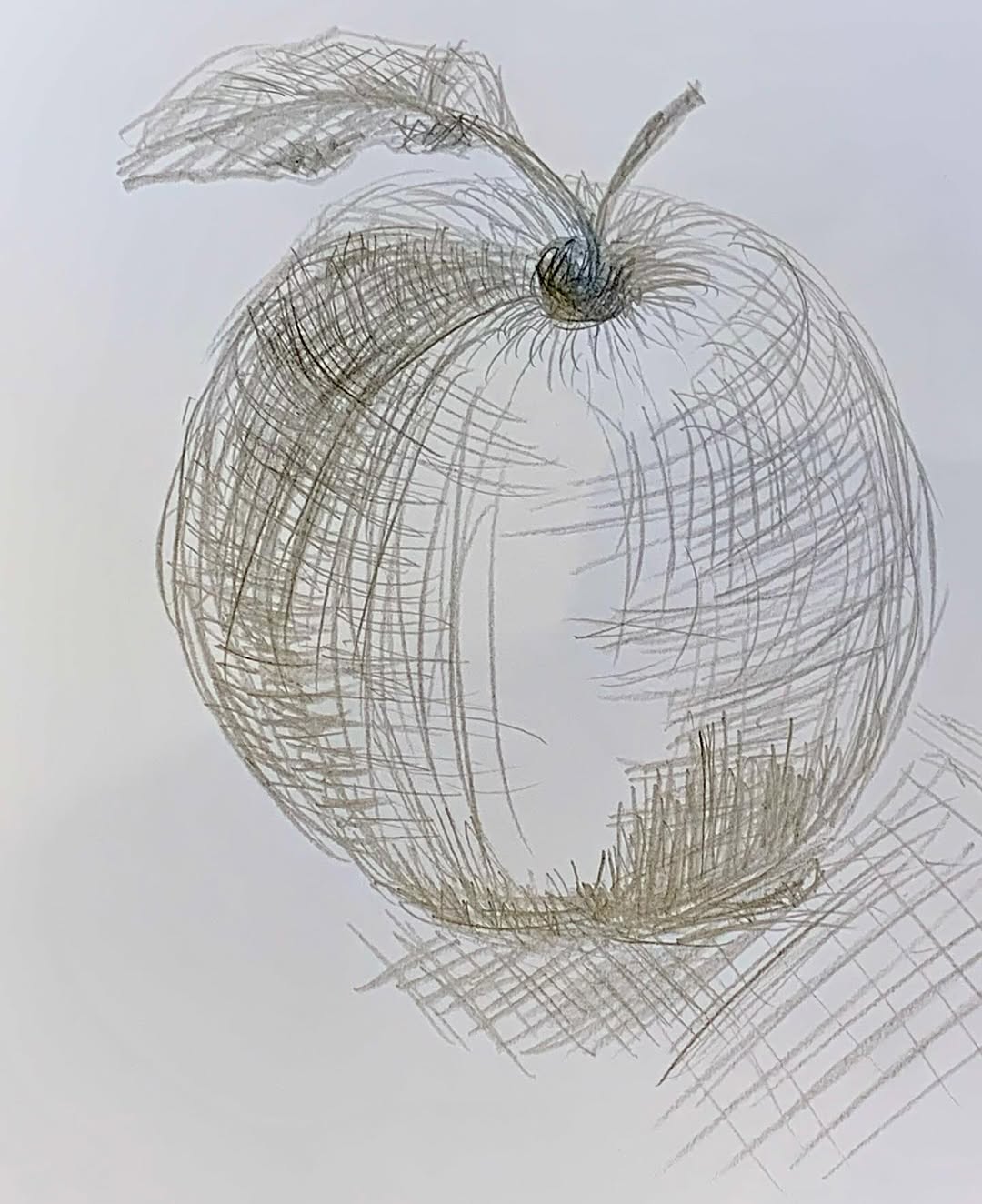
source @nirvanamama108
Cross-hatching is a classic technique that can instantly elevate the realism of your drawings. It involves creating layers of intersecting lines to shade and add dimension to your work. The closer the lines are to each other, the darker the shadow; the farther apart they are, the lighter the shading. This technique is great for achieving smooth transitions between light and dark areas. Cross-hatching is especially effective in pencil drawings and ink sketches, where fine control over line direction and density can create stunning, lifelike textures and tones. You can use cross-hatching for everything from skin tones to clothing folds, making it one of the most versatile techniques in an artist’s arsenal.
3. Add Highlights to Enhance Realism
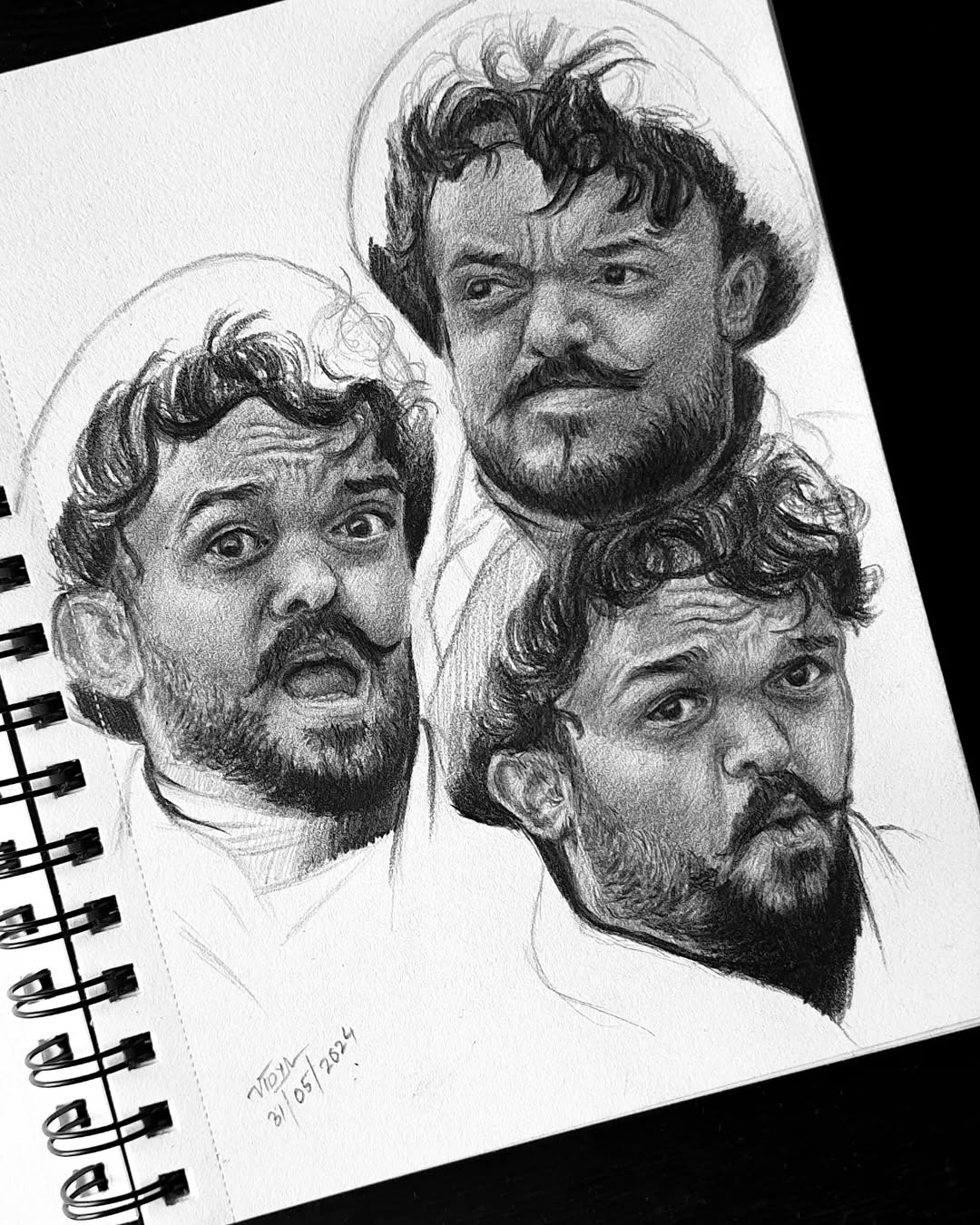
source @vidyas_art
While many artists rely on darker pencil marks to create their shadows, adding highlights is just as important for achieving realistic and dynamic drawings. Instead of drawing all your highlights with a pencil, you can use an eraser to lift off the graphite or charcoal in the areas where light naturally hits the surface. This technique can create stunning contrasts between light and shadow and gives your drawing a more three-dimensional feel. Highlights can make a world of difference in portraying shiny surfaces, such as skin, water, or glass, and they help to define textures more clearly.
4. Layering Colors for Lifelike Depth
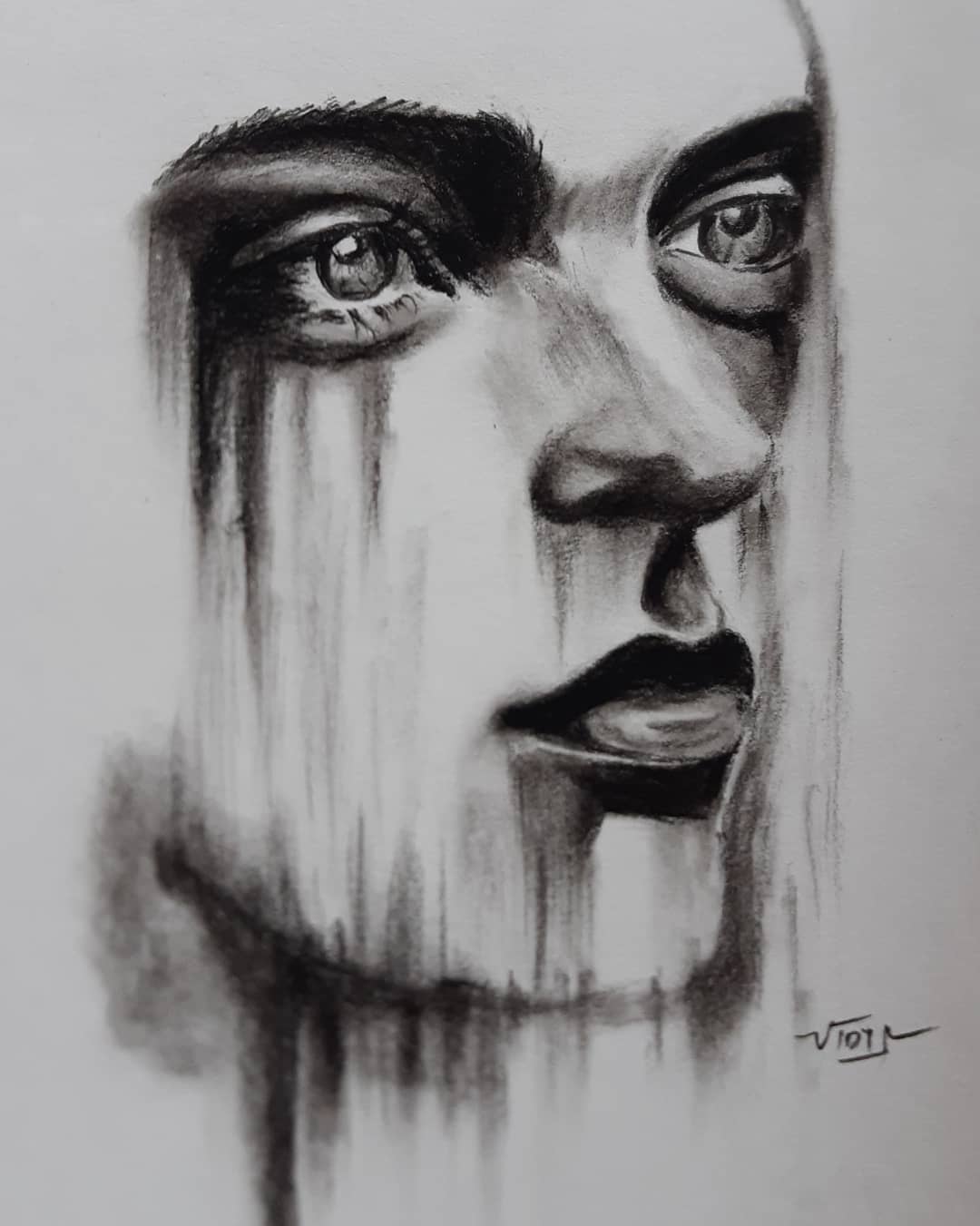
source @vidyas_art
When working with color, whether you’re using colored pencils, markers, or pastels, layering is an essential technique for creating depth and richness. Instead of applying one solid layer of color, try layering different shades to build up the tones gradually. This approach adds vibrancy to your artwork and makes the colors appear more nuanced. By layering colors, you can also create subtle transitions between shades, avoiding harsh lines and creating a more harmonious and lifelike look. This hack is particularly useful for creating complex color schemes and for working with soft, blended tones.
5. Use Reference Photos for Proportional Accuracy
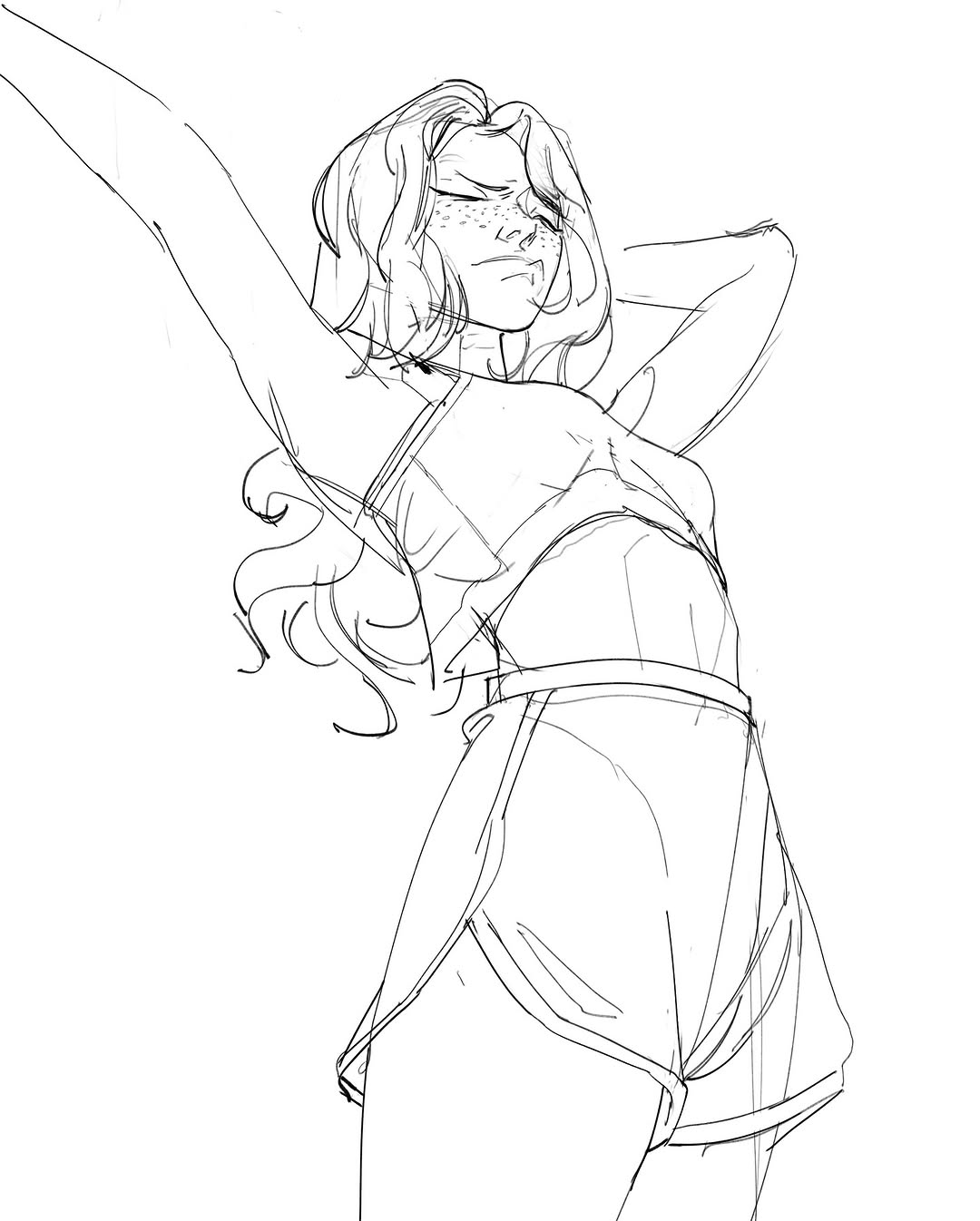
source @ergo.josh
One of the most common struggles for beginner artists is getting proportions right. Whether you’re drawing a portrait, an animal, or a landscape, accurately capturing the proportions of your subject is crucial. Reference photos are invaluable in helping you draw more accurately, as they provide a real-world guide to size, shape, and angle. Using reference images also helps you study details you might overlook in real life, like subtle textures and light sources. It’s important to observe the subject closely and take note of how elements relate to one another in size, positioning, and proportion. This can be a huge time-saver and ensure that your drawings have a realistic feel.
6. Draw From Different Angles to Challenge Your Perception
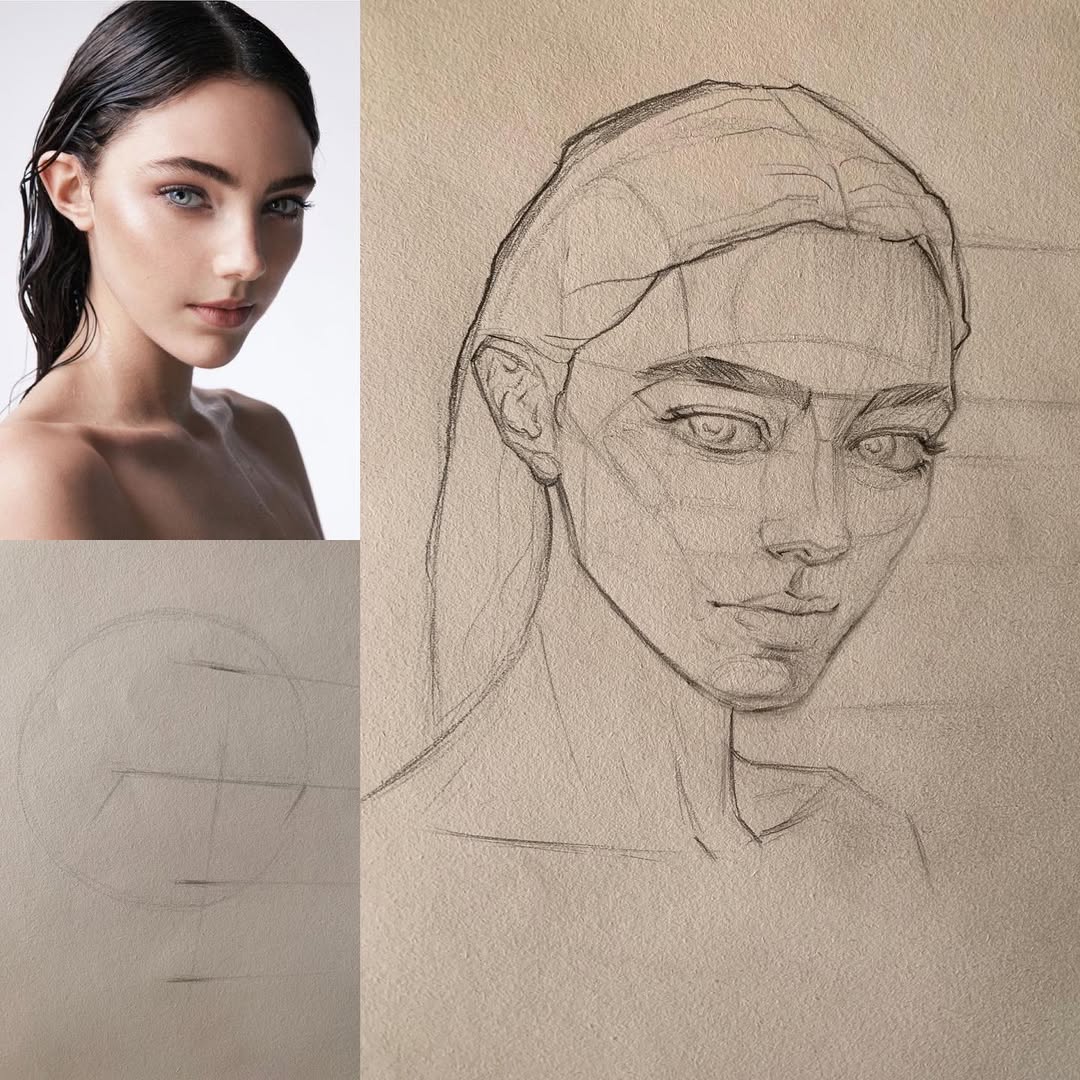
source @hassaneart
To create dynamic and engaging drawings, it’s essential to practice sketching your subjects from different angles. Often, we get caught in a habit of drawing objects or figures from the same view, which can limit the creativity and dimensionality of our work. By practicing drawing from various perspectives, you not only improve your spatial awareness but also learn to see the subject in a whole new light. Whether it’s a simple still life or a complex figure, challenging yourself to think outside the box will help you become a more well-rounded artist.
7. Try Negative Space Drawing for a Unique Effect
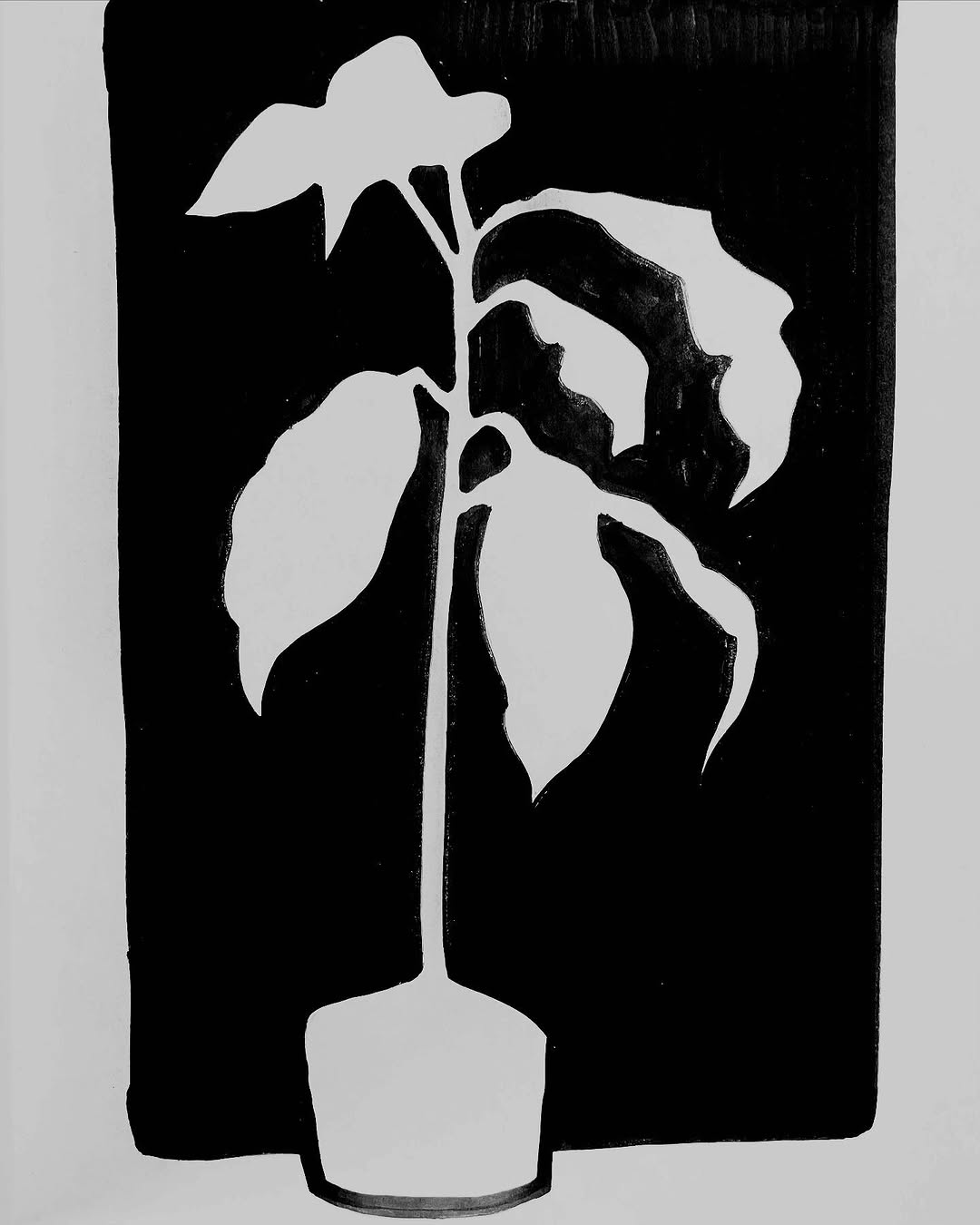
source @greymonkeymonk
Negative space refers to the areas around and between the subject of your drawing. Often overlooked, negative space is a powerful tool that can dramatically change the composition of your artwork. By focusing on the empty space around your subject, you can create more balanced, harmonious designs. Negative space drawing also helps improve your observational skills, as it forces you to view your subject in a different way. This technique works well for portraits, landscapes, and abstract art, and it can bring a fresh, modern twist to your work.
8. Use a Blending Stump for Smooth Transitions
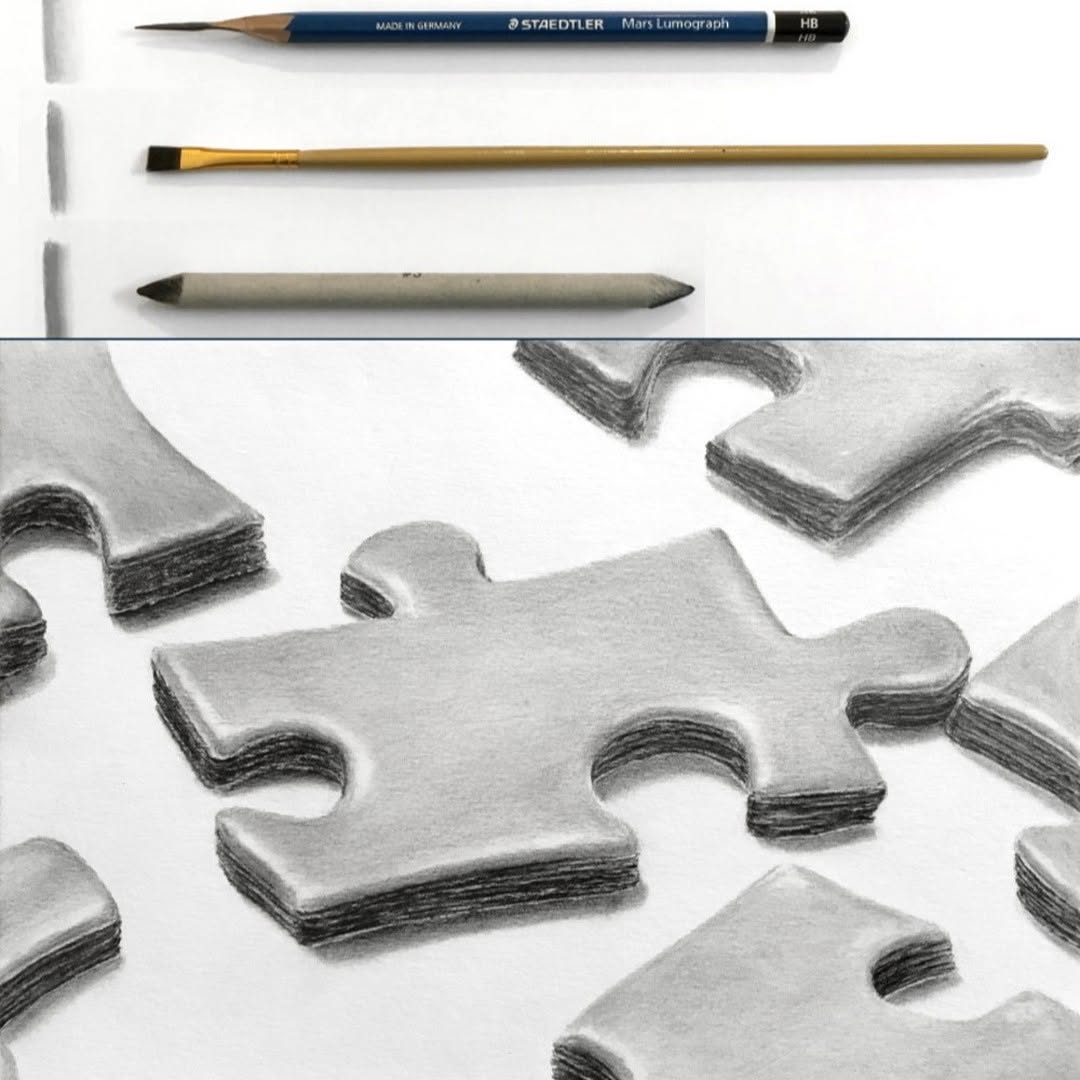
source @ran_art_blog
Blending stumps, also known as tortillions, are an artist’s secret weapon for creating smooth, seamless transitions between different values in your artwork. These tools are perfect for blending pencil or charcoal, allowing you to soften harsh lines and create subtle gradients. With a blending stump, you can achieve smooth textures that make your drawings look more realistic and polished. It’s especially useful for shading large areas or creating soft, atmospheric effects in drawings of skin, clouds, or other delicate surfaces.
9. Create Texture with Stippling
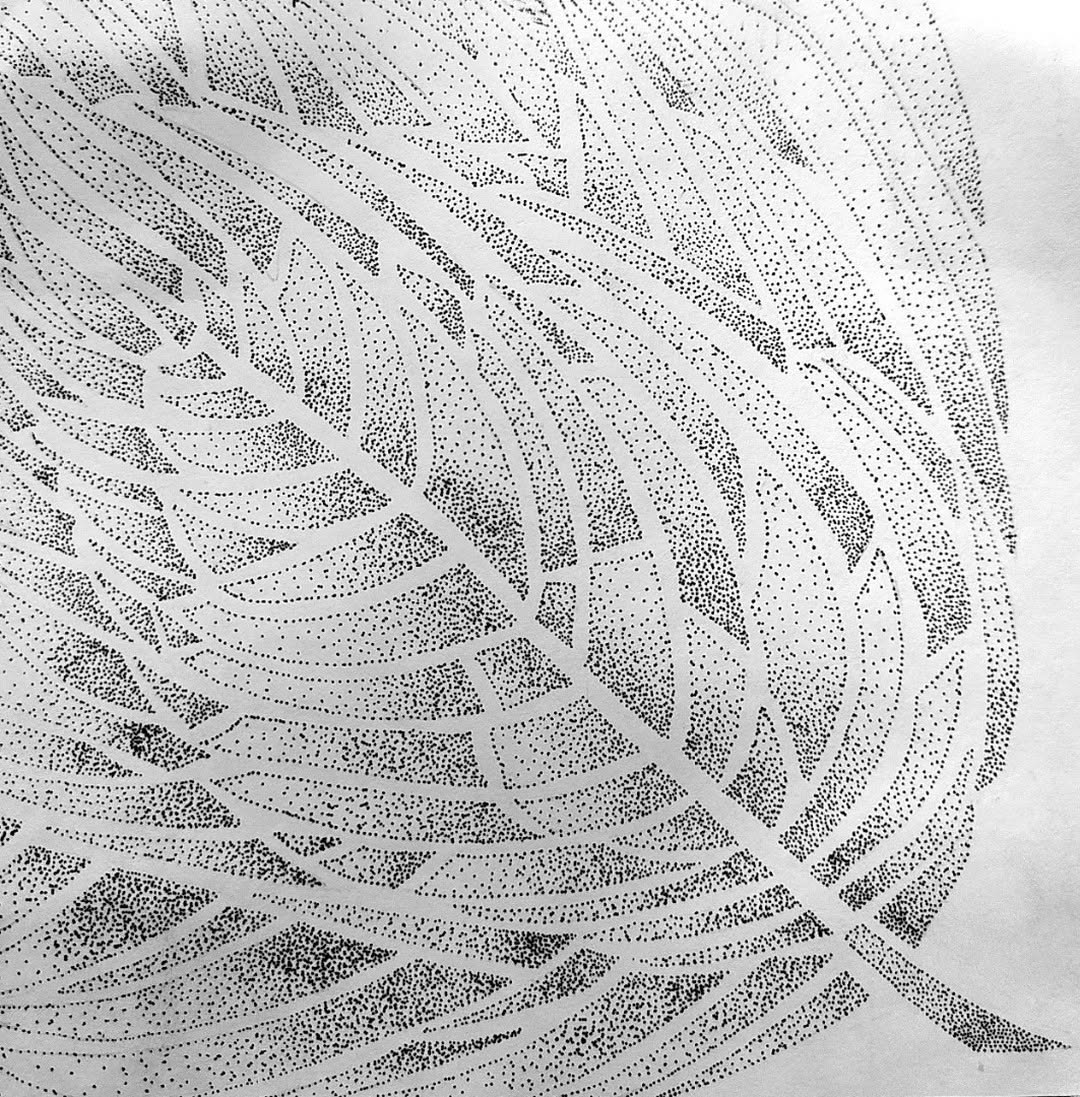
source @depth_in_design
Stippling involves using tiny dots to create tonal variations and textures in your drawing. While it can be a time-consuming process, the end result is incredibly detailed and visually captivating. Stippling is ideal for adding intricate details and texture to subjects like hair, fur, or foliage. The density and arrangement of the dots can vary to create lighter or darker areas, giving your work a sense of depth. This technique is commonly used in ink drawings, and it’s a fantastic way to add intricate, refined textures to your art.
10. Incorporate Dynamic Lines for Movement
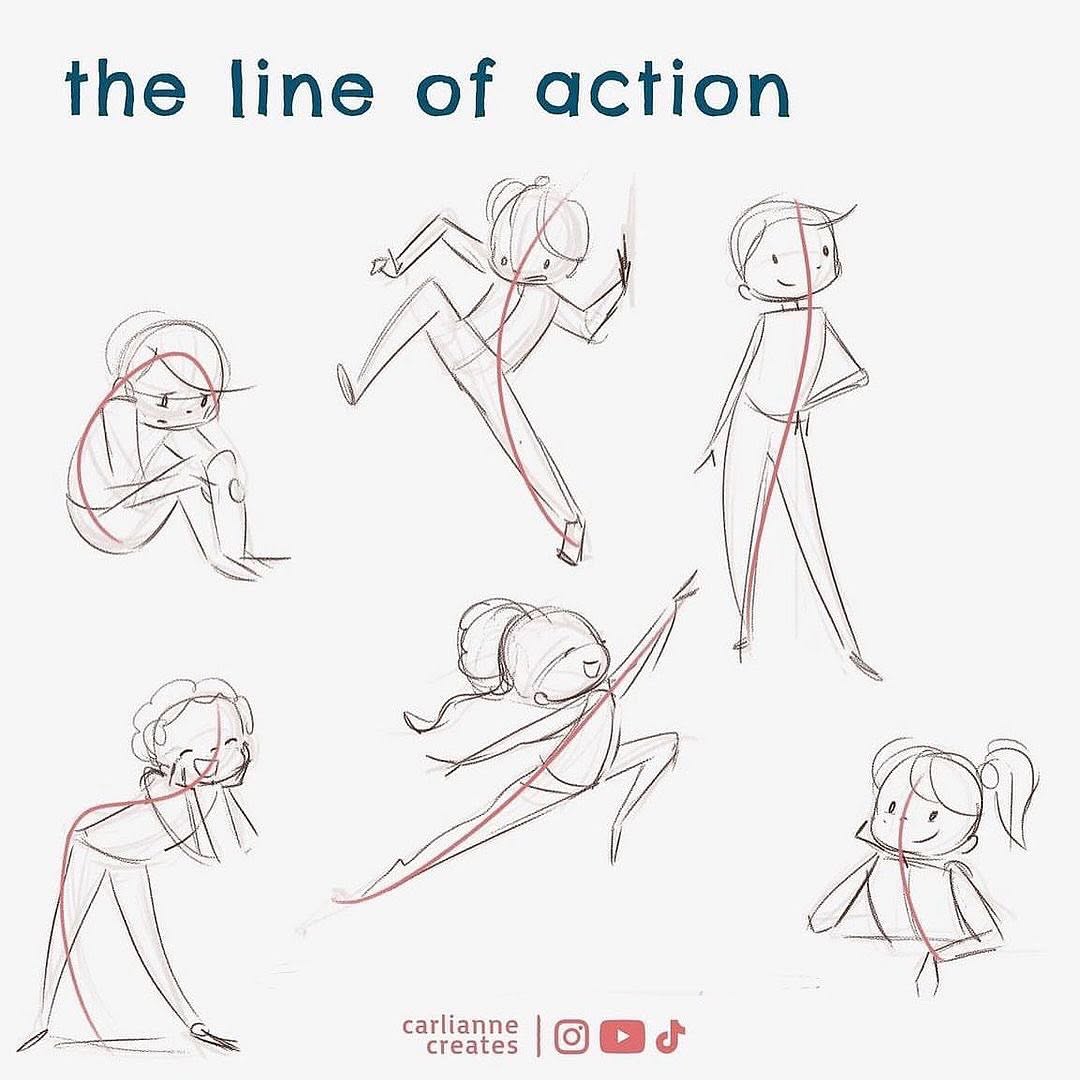
source @carliannecreates
Adding dynamic lines to your drawings can convey a sense of movement and energy, making your artwork feel alive. These lines can be sweeping or curved, and they guide the viewer’s eye through the drawing, creating a natural flow. Dynamic lines are particularly useful in action scenes or illustrations where you want to depict motion, like a running figure or a flowing river. By using lines to emphasize action, you can turn a static image into something that feels more lively and exciting.
11. Play with Different Mediums for Diverse Effects
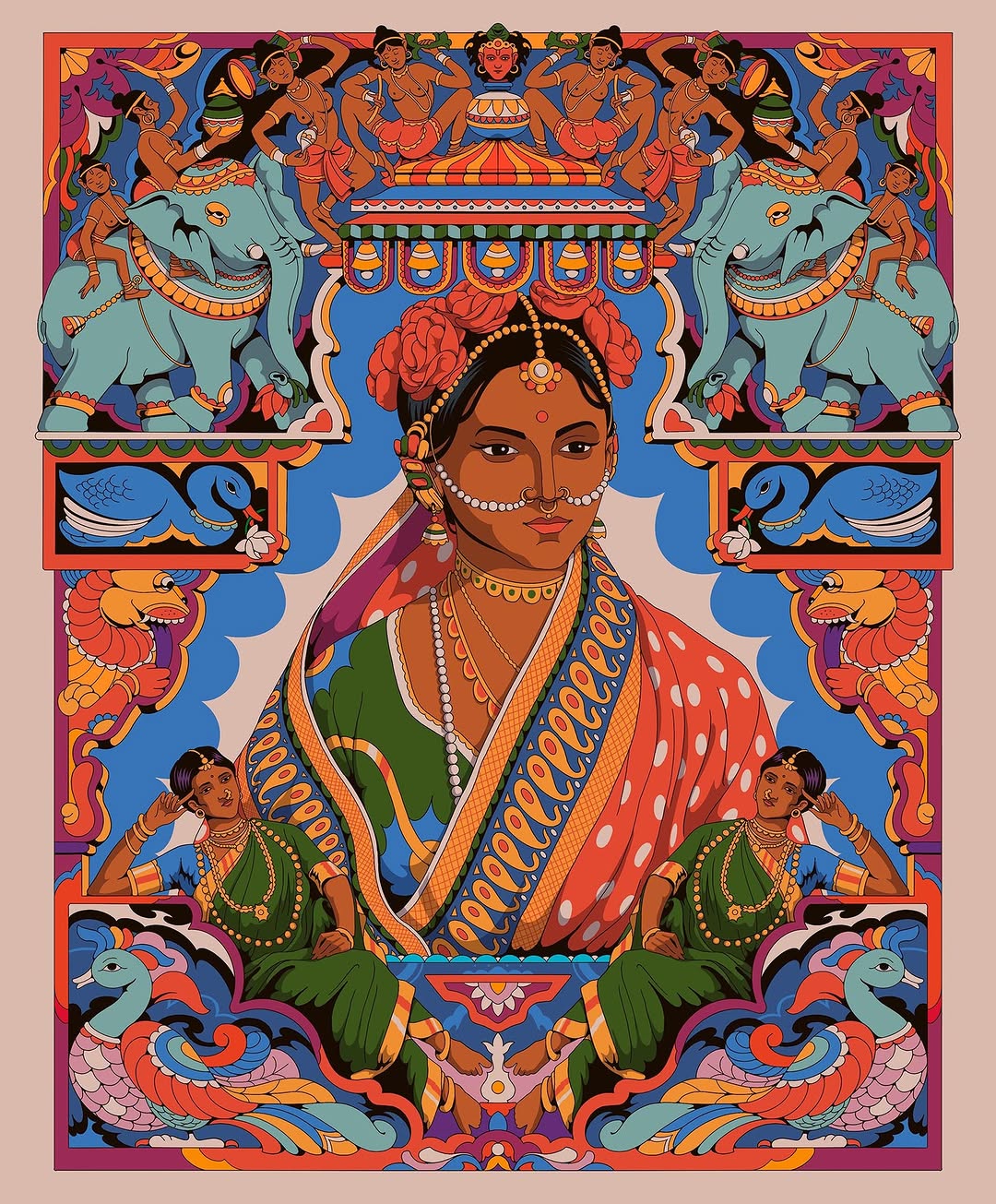
source @platformagazine
Don’t be afraid to experiment with different art materials. Mixing and matching mediums like pencil, ink, watercolor, or digital tools can lead to unique results that you wouldn’t be able to achieve with just one material. Combining traditional and digital techniques, for instance, can add layers of complexity to your artwork and give it a modern twist. Using multiple mediums not only enhances the visual effect of your drawings but also helps you discover a signature style that sets you apart from others.
12. Focus on Light and Shadow for Dramatic Contrast
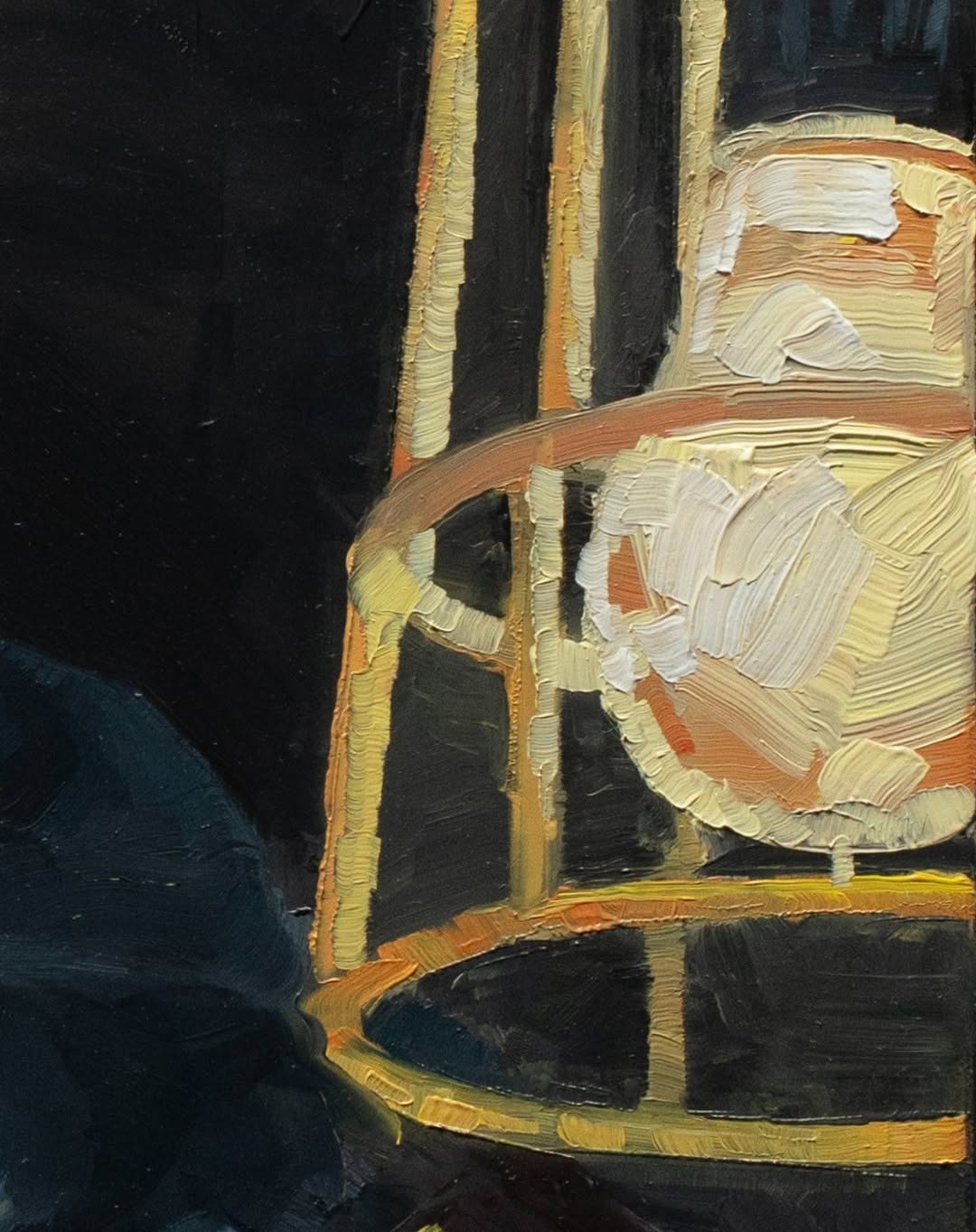
source @leeahdg
One of the simplest ways to add drama and realism to your drawings is through the use of light and shadow. Creating a strong contrast between light and dark areas can make your subject stand out and give your work more dimension. Focus on where the light source is coming from and build your shading around it. This hack is incredibly effective for adding depth and creating a three-dimensional feel to otherwise flat drawings. You can use shading techniques like cross-hatching or blending to refine your shadows and highlight key areas of your artwork, which brings your illustrations to life with rich textures.
13. Use a Limited Color Palette to Create Harmony
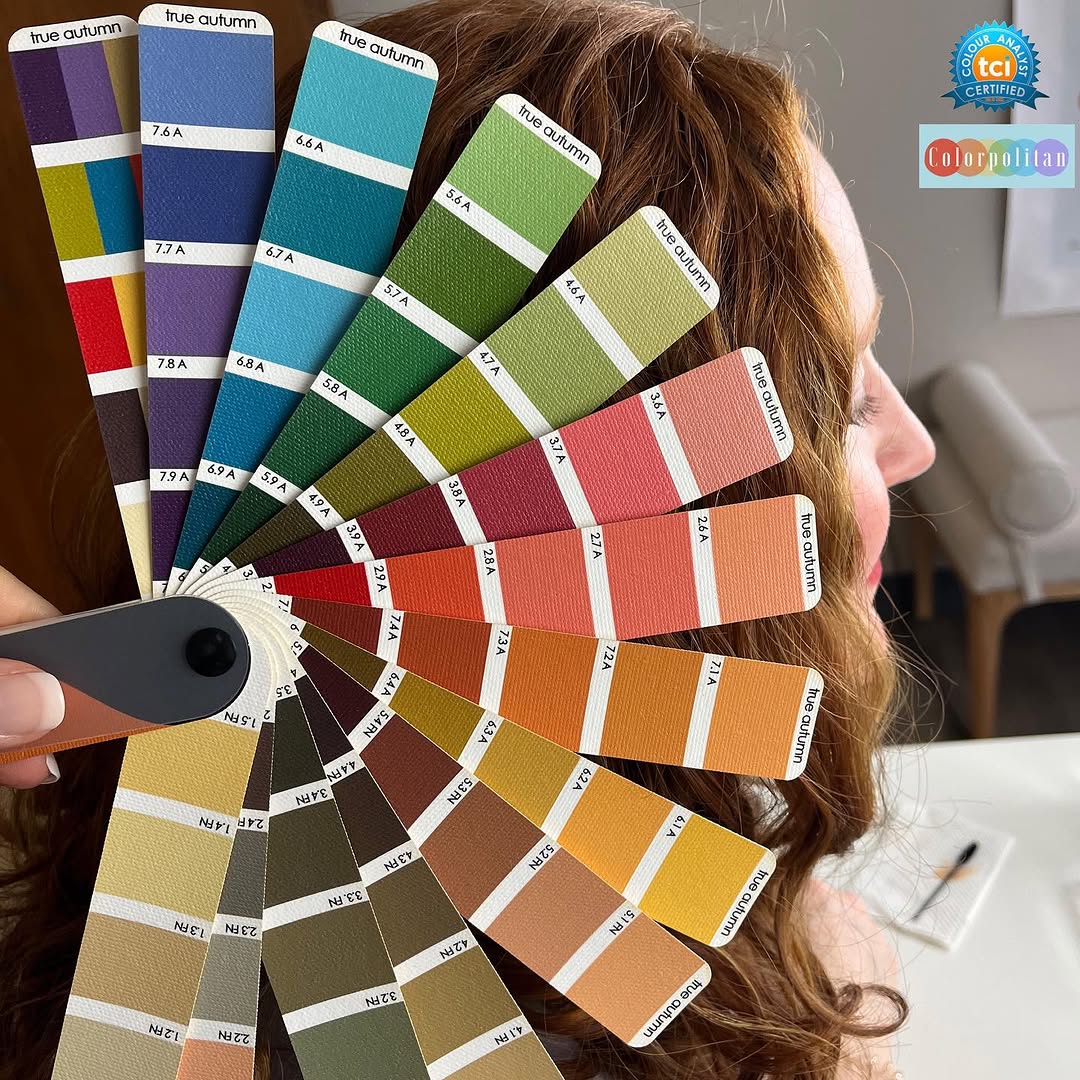
source @colorpolitan
While it’s tempting to use a rainbow of colors in your drawings, sometimes less is more. Using a limited color palette can help you achieve a more harmonious and professional look. By limiting your color choices, you force yourself to be more creative in mixing and blending, which can produce stunning results. This approach also creates a cohesive visual experience, where the colors complement each other, rather than compete. Consider using only complementary or analogous colors, and experiment with mixing hues to create depth and vibrancy. This can be especially effective in both traditional and digital drawings for achieving mood and atmosphere.
14. Master the Art of Perspective
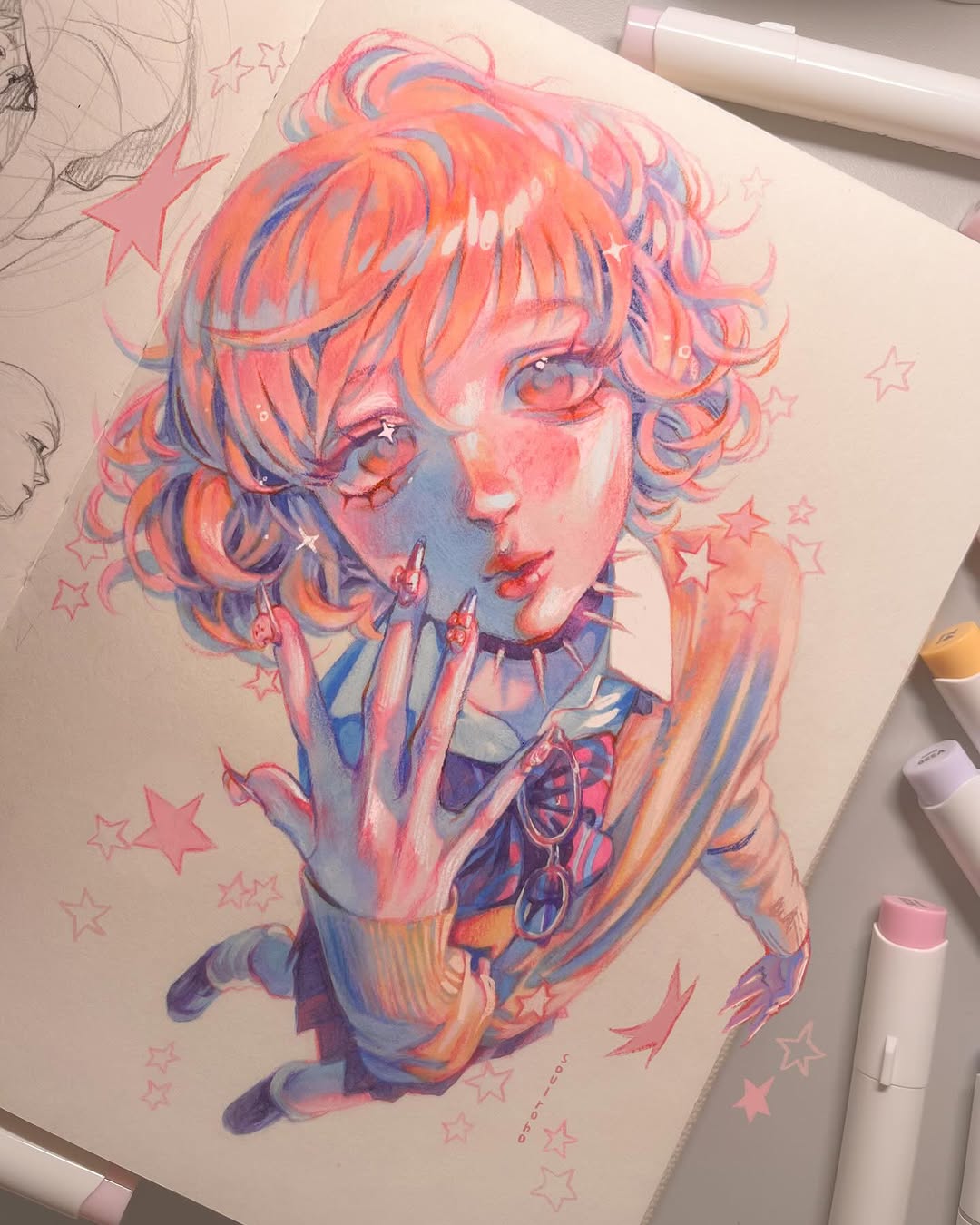
source @soulroho
Perspective is a fundamental drawing skill, and mastering it will drastically improve your ability to create depth in your artwork. One-point perspective, two-point perspective, and even three-point perspective are all tools that help you depict objects or scenes in three dimensions. Whether you’re drawing buildings, streets, or even figures in space, understanding perspective will help you place objects accurately on the page and give them the illusion of depth. Practice drawing simple boxes or shapes from different angles, and then gradually move to more complex subjects. This technique can help add a sense of realism and space to your work.
15. Incorporate Subtle Textures for Rich Details
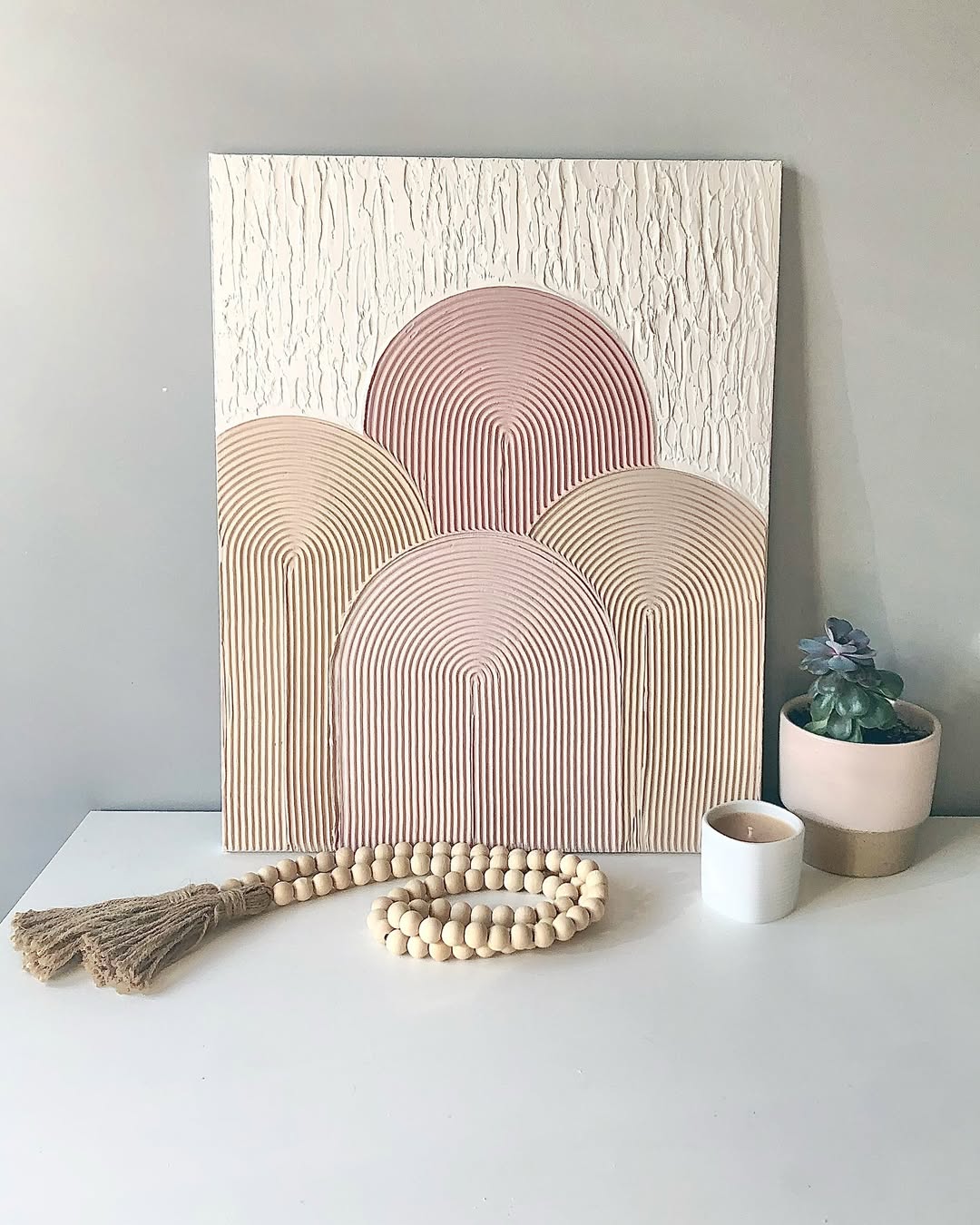
source @texturizedart
Textures are an essential element in making your artwork more engaging and lifelike. Adding texture can help evoke a tactile quality, making your drawings feel more immersive. For example, creating rough textures for rocks or smooth textures for skin can add a layer of detail that draws the viewer in. Whether using pencil strokes to create fur or layering paint to simulate the grain of wood, learning how to depict different textures will take your artwork to the next level. Experiment with different techniques like stippling, hatching, or dry brushing to create these tactile elements in your drawings.
16. Use Color Temperature to Evoke Mood
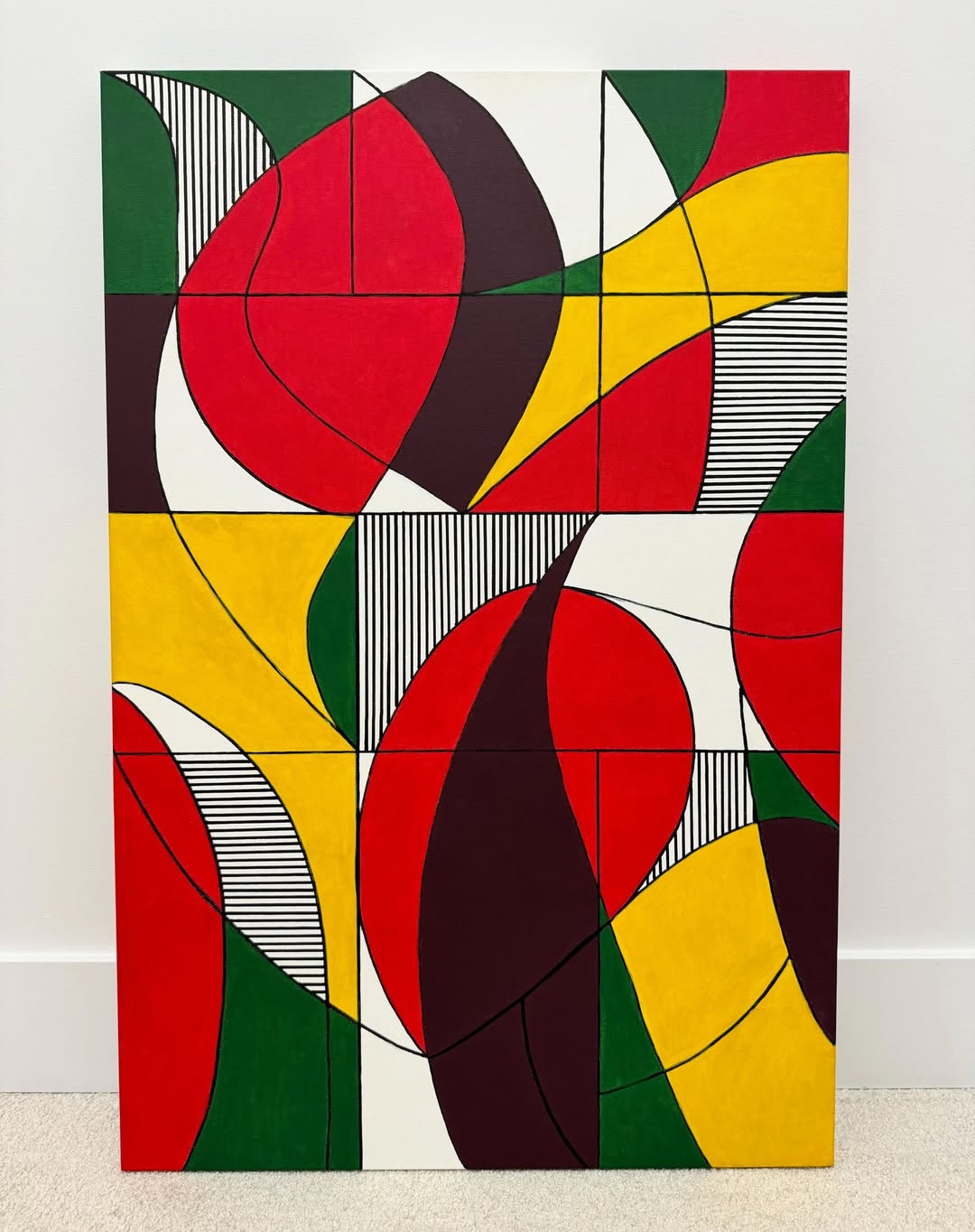
source @thegallerygeorge
Color temperature refers to the warmth or coolness of a color, and understanding how to use it in your drawings can dramatically alter the mood of your work. Warm colors (reds, oranges, yellows) tend to evoke feelings of warmth, energy, and passion, while cool colors (blues, greens, purples) often convey calmness, tranquility, and sadness. By carefully choosing a color palette that aligns with the emotion you want to communicate, you can enhance the overall impact of your art. Try experimenting with warmer hues for a vibrant, dynamic feel, or cooler tones for a serene and peaceful atmosphere.
17. Practice Drawing From Life for Realistic Details
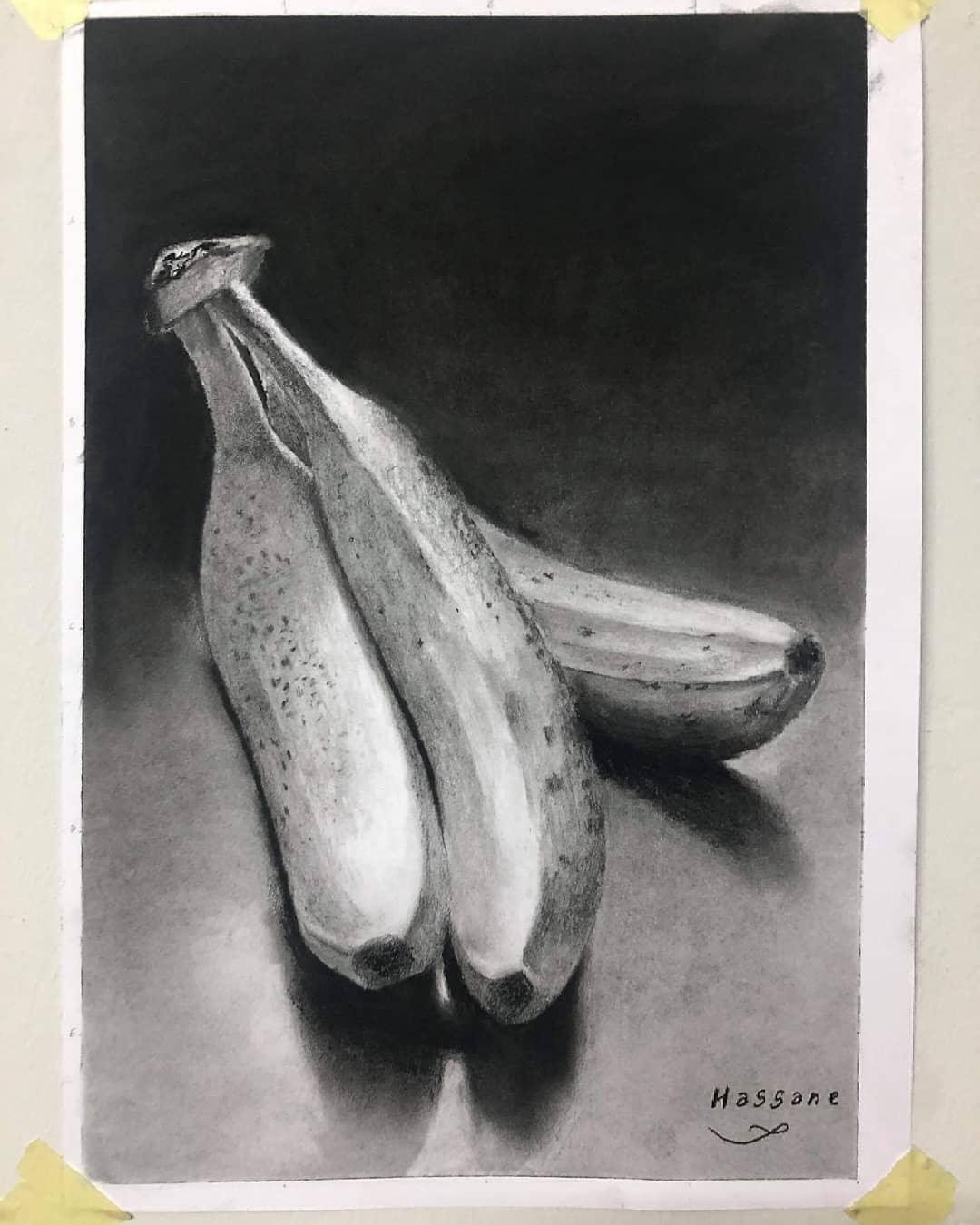
source @hassaneart
Drawing from life is one of the most effective ways to improve your accuracy and observational skills. Whether it’s sketching a still life, a plant, or even a person, drawing directly from life helps you better understand proportions, textures, and the way light interacts with objects. Observing your subject closely allows you to capture small details that might otherwise go unnoticed. This practice can improve everything from drawing realistic hands to adding intricate folds to clothing. Make it a habit to sketch from life as often as possible, as it will enhance your ability to observe and replicate reality.
18. Learn How to Draw Different Lighting Situations
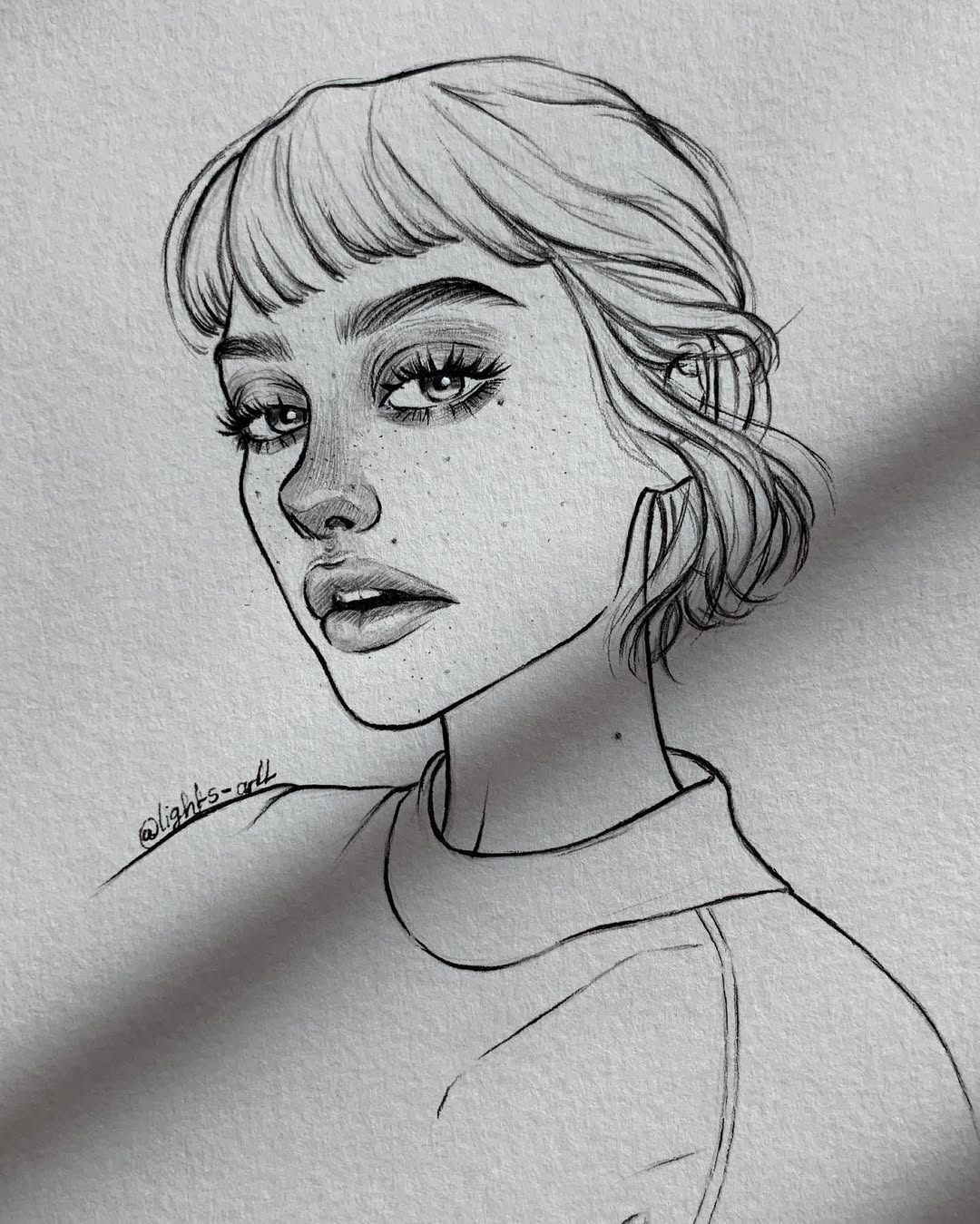
source @lights_artt
Lighting can completely change the way we perceive a subject, and it’s crucial for creating mood and dimension in your artwork. Practicing how different light sources affect your drawing is essential for achieving a more professional finish. Whether you’re drawing from a natural light source like the sun or artificial lighting like a lamp, pay attention to the shadows and highlights created by the light source. Try drawing objects under different lighting conditions—direct light, diffused light, backlighting, or even night scenes—to develop a deeper understanding of how light plays a role in the visual storytelling of your art.
19. Embrace Digital Tools for Precision and Effects

source @be10x.in
Digital drawing tools offer a world of possibilities for artists. With programs like Photoshop, Procreate, or Clip Studio Paint, you can achieve a level of precision and ease that’s impossible to match with traditional media. Whether you’re enhancing your sketches with vibrant colors, adding textures, or creating smooth gradients, digital tools allow you to experiment without limits. If you’re not already using a tablet or stylus, it’s worth investing in one to elevate your digital drawing skills. Additionally, learning how to use layers, masks, and blending modes will give you more flexibility to make adjustments to your work with ease, without the risk of damaging your art.
20. Create Contrast with Fine and Broad Strokes
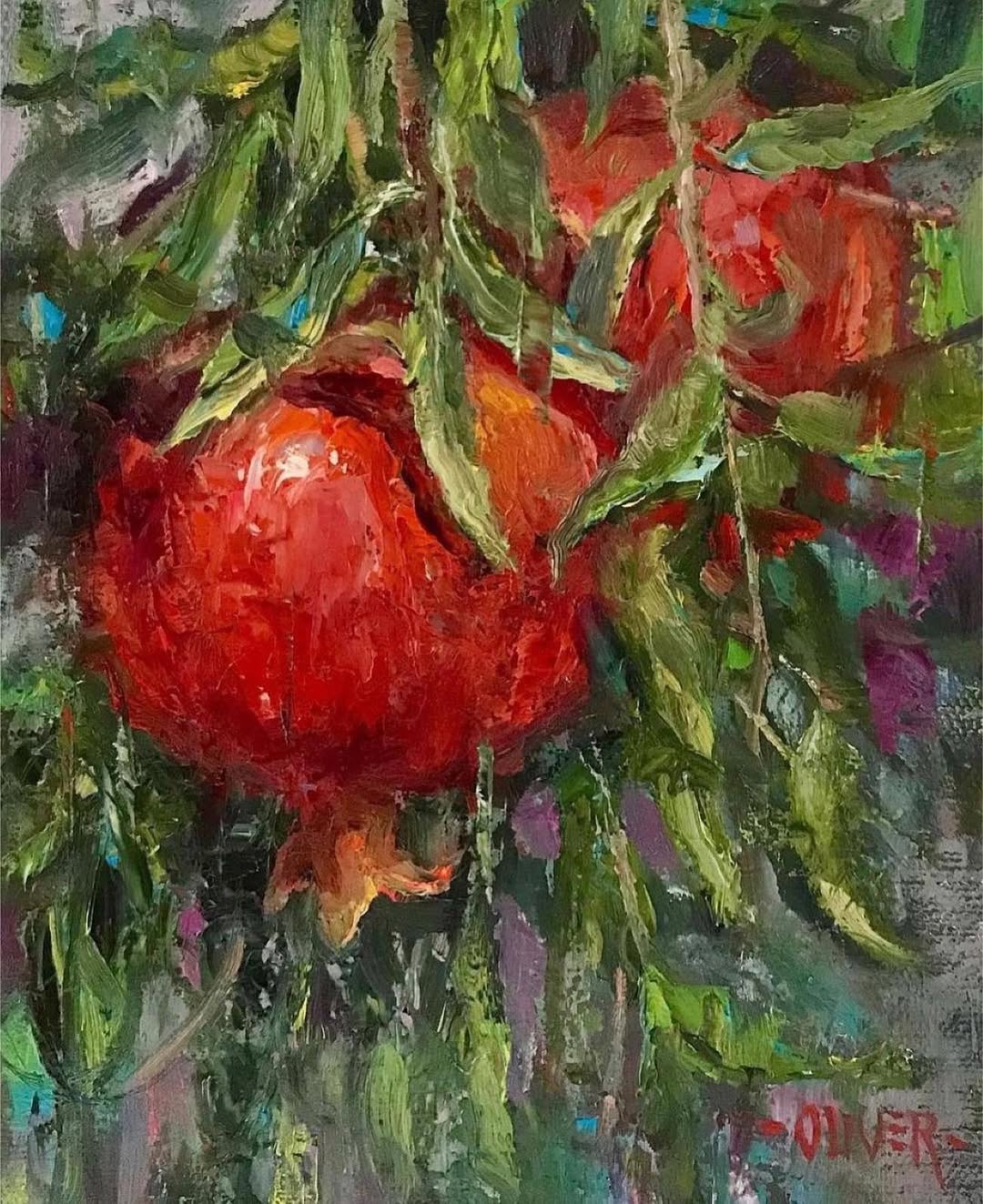
source @lutherpaola
Mixing fine and broad strokes within your drawing helps create balance and contrast, which adds to the overall impact. Broad, sweeping strokes can help set the foundation of your drawing, while finer strokes are perfect for detailing and adding textures. This contrast makes the finer elements stand out against the larger, broader strokes, directing the viewer’s attention to key areas of your drawing. This technique is particularly effective in figure drawing or portraiture, where the face or hands may need detailed rendering, but the rest of the body can remain looser and broader in style.
21. Use Custom Brushes for Unique Effects
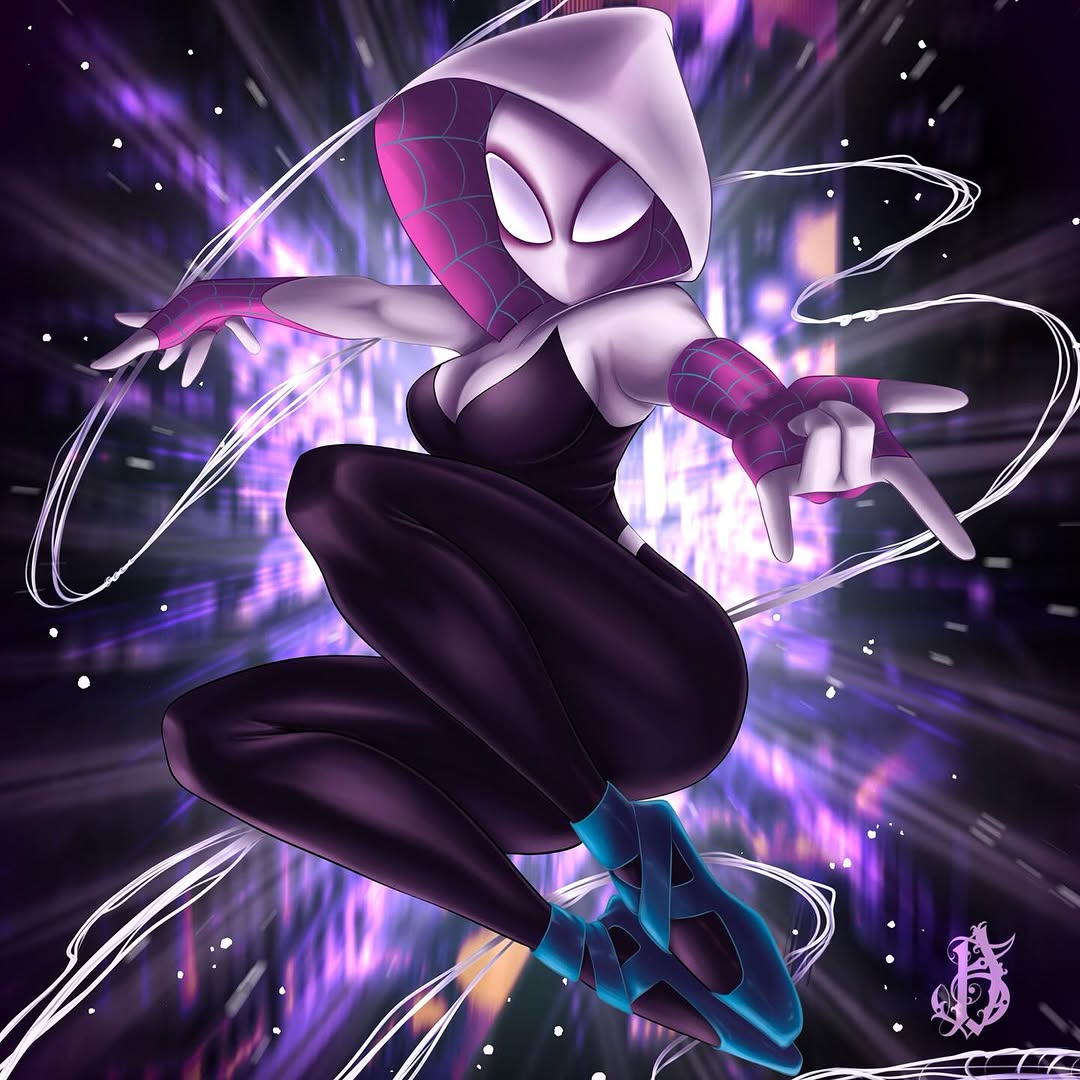
source @dashaa_draws
Whether you’re using digital or traditional methods, customizing your brushes can lead to unique textures and effects in your work. Digital artists can experiment with custom brushes in software like Procreate or Photoshop, creating effects like stippling, ink washes, or textured strokes that mimic natural media. For traditional artists, using a variety of brush types or even modifying your own brushes can help you achieve a specific look, whether it’s for sweeping washes of color or creating fine lines and details. By experimenting with different brush techniques and customizing your tools to suit your style, you can bring a personal touch to each of your pieces.

